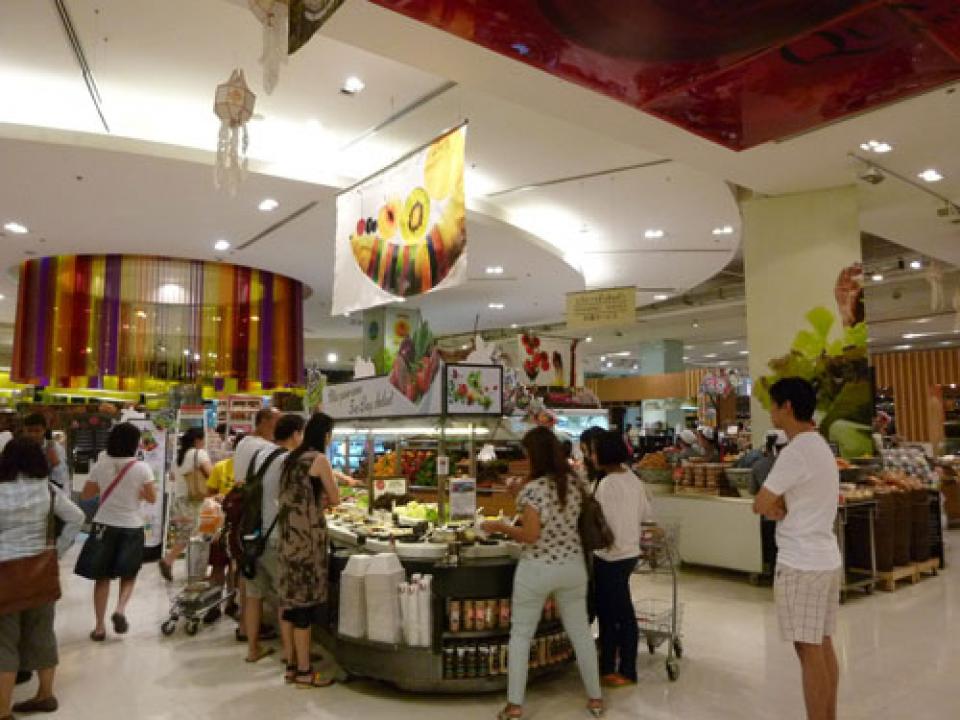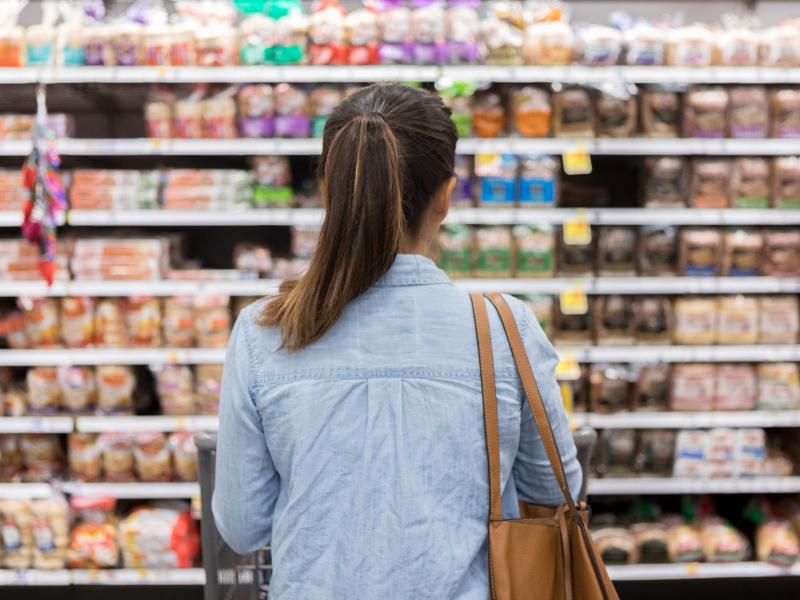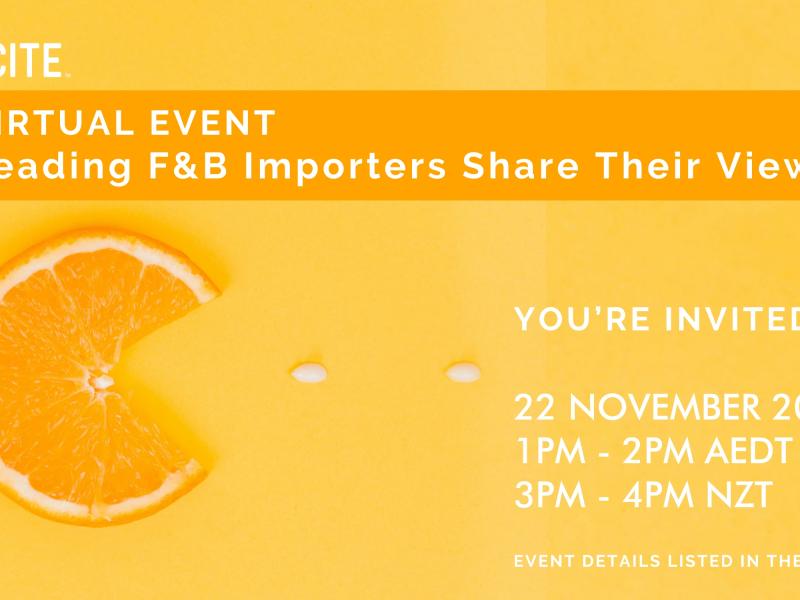New Zealand’s F&B exporters face a number of barriers when accessing Southeast Asian markets – not all of them geographical. Cameron Gordon explains the issues and tables some potential solutions.
Walking through Gourmet Market recently, which is the crown jewel of food and beverage (F&B) retail in the ultra plush Paragon Mall in Bangkok, a familiar question came to mind. Where are all the New Zealand products? The shelves are lined with premium imported products, especially from Australia and the US. We, on the other hand, are conspicuous by our absence.
Sure, if I was in a Tesco Lotus Hypermarket or one of the other mass market retailers here, it would be perfectly understandable. Given the nature of our F&B exports, very few New Zealand suppliers’ products are relevant in these mass-market channels. Our scale, costs of production and high freight costs mean that most of the goods shipped out of New Zealand are considered premium when they reach countries like Thailand.
However, stores such as Gourmet Market and Central Food Hall, the equivalent to New Zealand’s gourmet retailers such as Nosh, cater to wealthy Thai and expat consumers who are prepared to pay top dollar for imported items. So there is no reason from a product standpoint why more New Zealand brands should not be occupying prominent positions in these stores.
We have a wealth of F&B suppliers who are keen to export to markets such as Thailand, so why aren’t their products lining the shelves?
The answer, according to the dozens of F&B importers we work with, is fairly obvious. There’s just too much commercial risk.
New Zealand’s geographic position in the world is, by many measures, an advantage. Our isolation means that we breathe clean air, drink clean water and grow produce of a quality that few countries can rival.
But, from the perspective of F&B importers throughout Southeast Asia, our being small and far away simply means it costs more to bring the products into the market.
The cost of air freight can be as much as twice as expensive as that from Australia and the services are far less frequent. There are also no LCL (Less than Container Load) chilled or frozen services from New Zealand, which means that your importer has to purchase FCL (Full Container Load) volumes from the outset. For new, untested items this sort of volume presents substantial risk that few are willing to take on. No one wants to be left holding the baby if steady sales do not eventuate.
Reducing the risk
If we are going to grow our export sales, how do we deal with these issues? How can we reduce the risk for the would-be importer?
One suggestion that has been broached is to introduce a Government-funded freight subsidy for New Zealand F&B exporters during the initial stages of each export/import partnership. Such a subsidy would reduce market entry costs and effectively lower the risks for companies looking to partner with New Zealand exporters, especially in niche or short shelf-life categories.
I’ve heard from numerous importers in the wine sector in Vietnam that are benefiting from a similar strategy employed by one wine producing nation, which involves the Government subsidising the import duties on the wine to incentivise its purchase.
A benefit of this sort of approach is that it gives smaller New Zealand exporters with a proven demand for their products, access to financial support during marketing entry; and it facilitates the growth of a broad based export economy.
That said, it’s important to understand that the product is only one part of the ‘package’ that distributors assess when considering new trade opportunities. Because of the high cost of entry into retail throughout Southeast Asia, the support that an exporter (principal) is willing to offer to grow sales can often be a deal breaker when it comes securing a partnership with the most desirable import and distribution companies.
Of course, when it comes to negotiating an arrangement that works for both parties, a healthy dose of ‘give and take’ is required, particularly for those New Zealand exporters with limited financial resources available to cover expensive listing fees and A&P (advertising and promotion) costs. However, it’s very unlikely that your in-market partner is going to be willing to shoulder the burden of these costs themselves given the reputation principals can have for jumping ship further down the track.
Fortunately, for New Zealand exporters in the premium sector, barriers to entry in the form of listing fees and A&P commitments are much lower with the independent retailers, where these types of goods are mostly sold, when compared to mass-market retail outlets.
In addition to the payment of listing fees and A&P support, importers and distributors will often request FOC (free of charge) stock for in-store tastings and activations. As an exporter, meeting such demands can dramatically reduce the profitability of the venture so it’s important that you take steps to build such costs into your export pricing to ensure your profit margin is maintained.
Further, rather than just giving away stock, it’s worth considering offering this support on a rebate system on future orders which can be utilised only when the importer provides evidence that the marketing support has been put to good use – thus enabling you to maintain some level of control over the allocation of marketing support.
Finding our shelf space
The growth that the major markets of Southeast Asia are experiencing, combined with the fact that import and distribution companies in these markets are spoilt for choice with suppliers from all over the world currently knocking on their doors, means that we have to work that much harder to achieve success in these markets.
To be successful and ultimately grow our F&B footprint abroad New Zealand needs to develop innovative strategies that will incentivise potential partners to take a risk and bet on us, over the competition.





